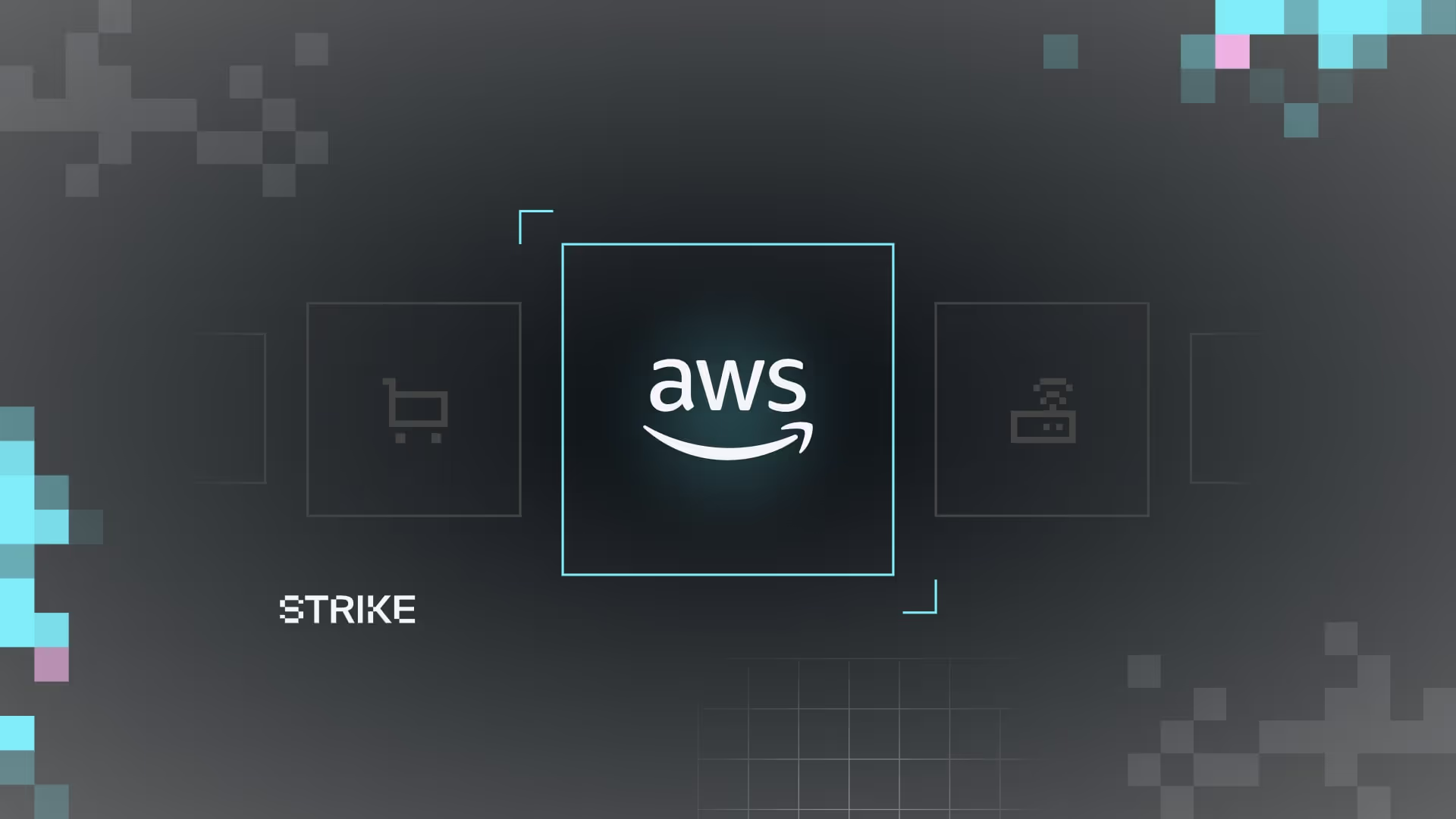Secure the cloud: Practical pentesting strategies for PCI DSS in AWS

AWS offers organizations unmatched flexibility and scalability for managing their cloud environments. However, with this flexibility comes the responsibility to secure infrastructure under a shared responsibility model. As businesses increasingly process payment card data in the cloud, pentesting becomes a practical and essential step to identify misconfigurations, exposed data, and vulnerabilities that could put sensitive information at risk.
In this article, we’ll explore how pentesting supports PCI DSS compliance in AWS environments, the key methodologies to follow, and how businesses can strengthen their cloud security posture.
Aligning pentesting with PCI DSS requirements
PCI DSS (Payment Card Industry Data Security Standard) establishes rigorous requirements to protect cardholder data and maintain trust. Two specific requirements emphasize the importance of pentesting to ensure security in AWS environments:
Requirement 11.3: Vulnerability testing
Organizations must conduct internal and external vulnerability assessments at least twice a year. This includes comprehensive pentesting on applications and systems that process, store, or transmit payment card data. In AWS, this means evaluating critical services such as S3 buckets, IAM configurations, and database setups to ensure they meet security standards.
For example:
- Checking public access permissions on S3 buckets that might expose sensitive data.
- Auditing IAM roles to ensure access controls are properly restricted.
Requirement 11.5: Change detection for critical files
PCI DSS requires mechanisms to identify unauthorized changes to critical files or configurations. In AWS, pentesting addresses this by verifying the integrity of services, configurations, and access policies across cloud resources. Key areas include ensuring encryption of data in transit and at rest and monitoring activity logs to detect anomalies.
By aligning pentesting with these requirements, organizations can proactively identify gaps, address vulnerabilities, and maintain continuous compliance.
Building a secure AWS architecture for PCI DSS compliance
A strong cloud security architecture is the foundation for PCI DSS compliance. Pentesting focuses on validating security principles and identifying weaknesses across the AWS environment.
Key principles for a secure PCI-compliant architecture in AWS:
- Environment isolation: Production and testing environments should operate in separate VPCs (Virtual Private Clouds) to reduce risk.
- Restricted access: Private subnets limit access to critical systems, ensuring sensitive resources remain protected.
- Least privilege policies: IAM roles must follow the principle of least privilege, granting only the minimum access required for tasks.
To support these principles, AWS provides essential services:
- AWS CloudTrail for tracking activity logs and enabling audits.
- AWS Config to monitor configurations and flag deviations from secure baselines.
- AWS KMS (Key Management Service) to encrypt data at rest using managed encryption keys.
- AWS GuardDuty for automated threat detection based on traffic patterns and logs.
Pentesting validates these controls, ensuring that configurations are properly implemented and compliant with PCI DSS requirements.
The pentesting methodology for AWS
Conducting effective pentesting in AWS requires a structured methodology that focuses on identifying misconfigurations, vulnerabilities, and security gaps.
1. Preparation
Before testing begins, authorization from AWS is critical to ensure compliance with their security terms. The right tools must also be selected, such as CloudQuery, Prowler, or ScoutSuite, which specialize in cloud-based security audits.
2. Execution
The execution phase targets common weak points in AWS infrastructure:
- Misconfigurations: Publicly accessible S3 buckets, overly permissive IAM roles, or insecure EC2 instances are frequent issues.
- Network security: Pentesters assess firewall configurations (security groups), identifying unnecessary open ports or exposed resources.
- Sensitive data exposure: Logs, code repositories, or improperly secured databases are analyzed for exposed credentials or critical information.
For example, identifying a public S3 bucket containing payment-related data highlights a direct violation of PCI DSS requirements and demands immediate remediation.
3. Reporting
The final phase involves documenting all findings, mapping them to specific PCI DSS controls, and offering clear, actionable recommendations. For instance:
- Finding: Public S3 bucket exposing data.
- Control impacted: PCI DSS Requirement 11.3.
- Solution: Restrict access to authorized users only and enforce secure policies using AWS Config and CloudTrail.
This structured approach ensures organizations not only meet PCI DSS requirements but also enhance their overall cloud security posture.
How to address common vulnerabilities and mitigate them
Pentesting in AWS environments frequently uncovers recurring security issues that could jeopardize PCI DSS compliance.
Common vulnerabilities include:
- Publicly accessible S3 buckets exposing sensitive data.
- Misconfigured IAM roles allowing excessive permissions or unauthorized access.
- Missing logs in CloudTrail, limiting visibility into suspicious activity.
- Poorly implemented encryption, leaving data unprotected at rest or in transit.
To mitigate these risks, organizations should adopt proactive strategies, including:
- Automating alerts for suspicious activities using AWS GuardDuty.
- Regularly reviewing configurations and permissions for all AWS resources.
- Leveraging tools like AWS Security Hub to centralize findings and monitor compliance in real time.
For instance, a simple misconfiguration in an S3 bucket could expose sensitive payment data. By detecting and correcting this issue through pentesting, organizations prevent data breaches and ensure compliance with PCI DSS.
Best practices for continuous compliance and security in AWS
Maintaining PCI DSS compliance requires ongoing vigilance and proactive measures. Pentesting should not be a one-time exercise but an integral part of an organization’s security strategy.
To achieve this, businesses can implement the following best practices:
- Automate security audits using tools like Prowler and AWS Security Hub.
- Enforce secure default configurations for critical services like S3, RDS, and Lambda.
- Conduct regular security assessments to identify and address deviations from PCI requirements.
- Apply mandatory encryption using AWS KMS for data at rest and TLS for data in transit.
By combining automated monitoring with regular pentesting, organizations can ensure they remain compliant with PCI DSS while safeguarding sensitive cardholder data in the cloud.




.avif)
.avif)
